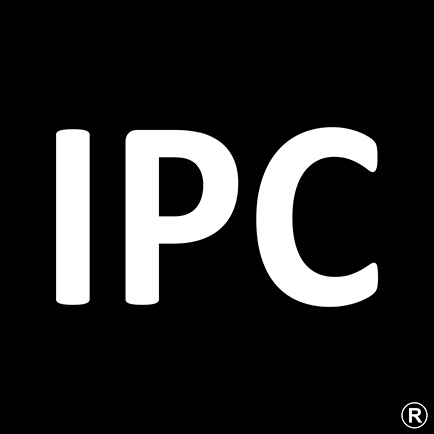The global PVC cling film market is on a steady growth trajectory over the next few years. According to industry research, the size of the PVC cling film market was valued at $872.05-million in 2022. Depending on which researcher you ask, this market is expected to expand at a compound annual growth rate of between 4% and 6% up to 2028, whereupon it will be more than double its 2022 value.
Let’s take a look at some of the factors influencing the cling wrap growth rate so we can better understand how this will impact flexible PVC manufacturers.
Primary Uses For PVC Cling Film
The majority of consumers in the cling film market use it to wrap food. This, by far, holds the largest share of the cling film market. It is an effective product for protecting food from microbiological contamination, dust, insects, and moisture, thus keeping food fresh and extending its shelf life.
Research has shown that consumers are increasingly turning towards properly packaged foods to ensure longer shelf life, owing to rising health consciousness following the COVID-19 pandemic. As such, the growth of the food packaging market is one of the main reasons why the cling wrap market is growing at such an accelerated rate.
Industry Segment Analysis
Aside from the food and beverage industry, which holds the largest share of the cling wrap market, other uses include wrapping luggage at airports, packaging non-perishable goods in transit to prevent tampering, and covering sensitive items to prevent them from getting dirty or scratched.
Environmental Concerns
Cling film is a widely used product around the world and, as such, contributes significantly to plastic pollution. Traditionally, most recyclers refuse to accept cling film since its complex chemistry and extreme thinness create complications in the recycling process and can clog up the machinery.
Moreover, since cling film is most commonly used to wrap food, it can often not be recycled due to the risk of contamination it poses. However, as recycling technologies and methods evolve, some recyclers are willing to accept cling film if it is clean, although this is not the norm.
Increasingly, cling film manufacturers are aware of the recycling problem and are making strides to partner with recyclers to find solutions and develop effective recycling methods. Several cling film manufacturers are investigating the possibility of using biodegradable cling film as an alternative.
If you’re looking for flexible PVC manufacturers who can provide high-quality compounds for making cling film, contact us at IPC today.


